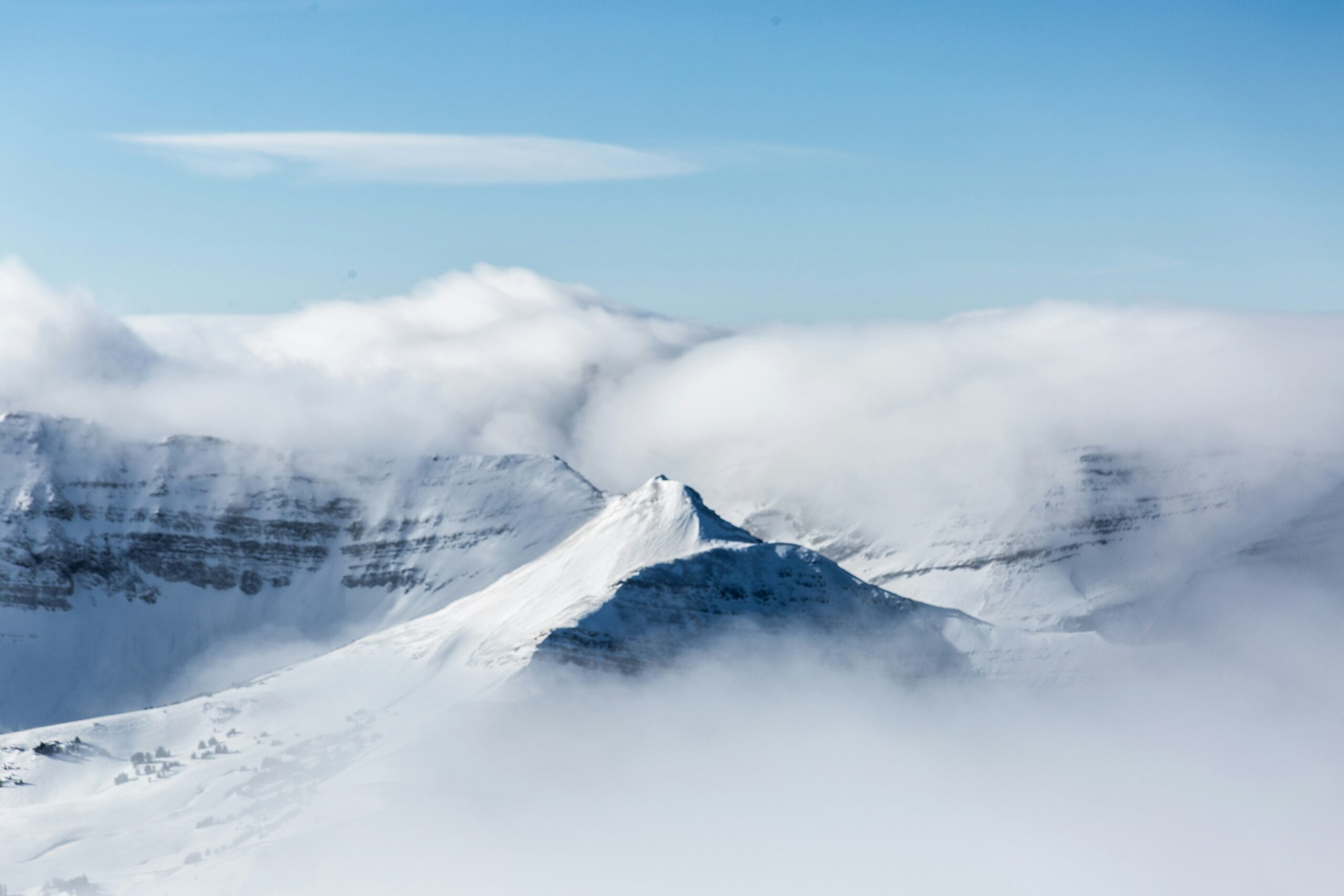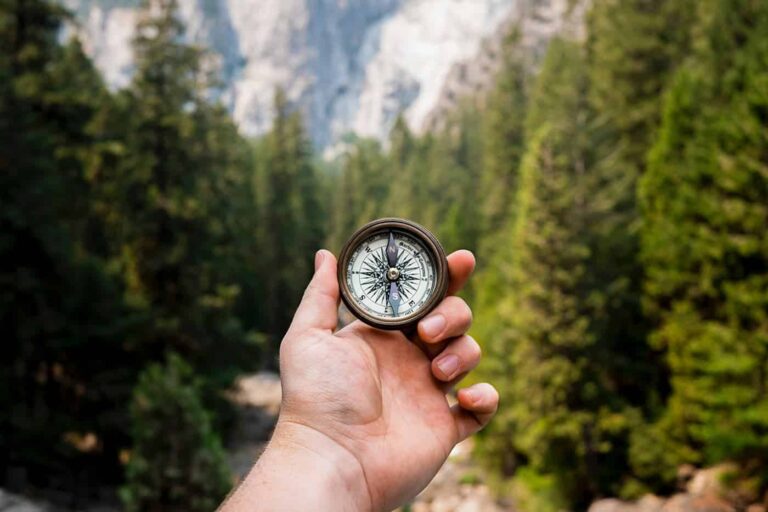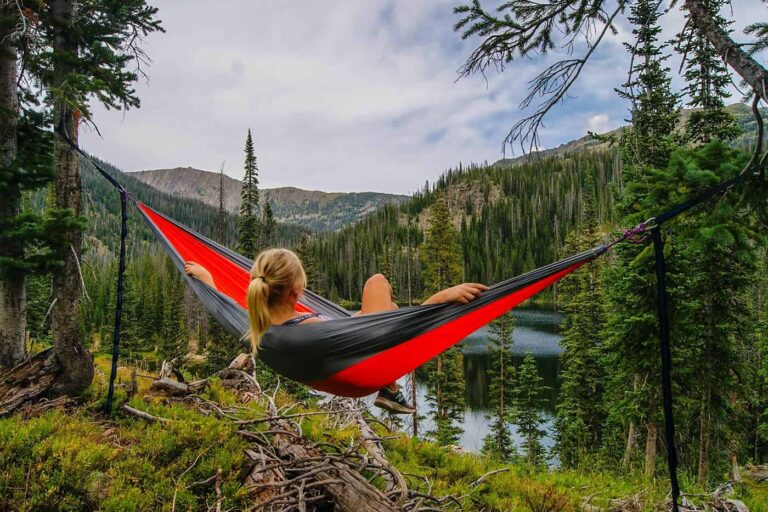How to Prepare for the High Altitude and Cold Weather
Whether you’re planning a trek through the Himalayas, climbing in the Rockies, or just vacationing at a ski resort, venturing into high-altitude and cold weather environments requires more than just enthusiasm and a warm jacket. The challenges posed by thin air and frigid temperatures can catch even experienced travelers off guard if they’re not adequately prepared. In this blog post, we’ll guide you through practical steps to get your body and gear ready for the demands of high-altitude and cold weather adventures.
1. Understand the Effects of High Altitude
High altitude is typically defined as any elevation above 8,000 feet (2,400 meters). At these heights, the air pressure decreases, meaning each breath contains less oxygen. This can lead to Altitude Sickness, with symptoms such as headaches, nausea, dizziness, and shortness of breath. More severe forms—like High Altitude Pulmonary Edema (HAPE) or High Altitude Cerebral Edema (HACE)—can be life-threatening.
To combat these risks:
- Acclimatize gradually: Spend a few days at intermediate altitudes before ascending higher.
- Climb high, sleep low: Gain elevation during the day but descend to sleep.
- Stay hydrated: Dehydration can worsen altitude sickness.
- Avoid alcohol and smoking: Both can impair your body’s ability to acclimatize.
- Know your limits: Listen to your body and don’t push through serious symptoms.
2. Train Your Body Ahead of Time
Preparing for altitude starts long before you board a plane or pack your gear. Cardiovascular fitness plays a huge role in how well you handle thinner air. Though no amount of training can fully simulate high-altitude conditions, being in good shape helps your body adjust more efficiently.
- Endurance training: Engage in aerobic exercises like hiking, running, cycling, or swimming.
- Strength training: Focus on legs and core to help manage uneven terrain and heavy gear.
- Interval training: High-Intensity Interval Training (HIIT) can simulate the oxygen deprivation experienced at altitude.
- Hike at elevation if possible: If you live near mountains, do short trips to higher elevations to build tolerance.
3. Layer Up: Dressing for Cold Weather
Layering is your best defense against cold weather. It allows you to regulate your body temperature, manage sweat, and stay dry—all essential for comfort and safety.
- Base layer: Wicks moisture away from your skin. Choose synthetic or wool fabrics.
- Mid layer: Provides insulation. Fleece, down, or synthetic insulated jackets work well.
- Outer layer: Shields you from wind, snow, and rain. Waterproof and windproof shells are essential.
Don’t forget:
- Gloves and mittens: Bring a light pair for dexterity and a heavy pair for warmth.
- Hat or balaclava: You lose a significant amount of heat from your head.
- Thermal socks and insulated boots: Keep extremities warm and dry.
4. Pack the Right Gear
Proper equipment can make or break your high-altitude adventure.
- Sleeping gear: A four-season tent and sleeping bag rated for cold temperatures are essential.
- Navigation tools: GPS, maps, and compasses are critical, especially in remote areas.
- Sun protection: High altitudes mean stronger UV rays—bring high-SPF sunscreen and UV-protection sunglasses.
- Stove and food: Choose high-calorie, easily digestible food. A reliable stove is a must for melting snow and cooking.
5. Plan for Emergencies
Weather conditions can change rapidly at high altitudes. Be ready for emergencies with:
- A well-stocked first aid kit
- Altitude sickness medication (consult a doctor about acetazolamide)
- Portable oxygen for high-risk areas
- Satellite phone or emergency beacon in areas with no cell coverage
- Leave your itinerary with someone at home or local authorities
6. Mental Preparation
The mental challenge of high-altitude and cold-weather travel is often underestimated. Isolation, physical strain, and harsh conditions can take a toll. Prepare yourself mentally by:
- Researching the area thoroughly
- Practicing mindfulness or meditation
- Joining experienced groups or hiring guides
- Keeping a positive attitude even when the going gets tough
Final Thoughts
High-altitude and cold-weather environments offer some of the most breathtaking and rewarding travel experiences on Earth—but only if you’re prepared. With the right physical training, mental readiness, appropriate gear, and an understanding of the risks, you can make your adventure not only survivable but truly enjoyable. As always, prioritize safety and listen to your body. The mountain will still be there tomorrow—make sure you are too.







